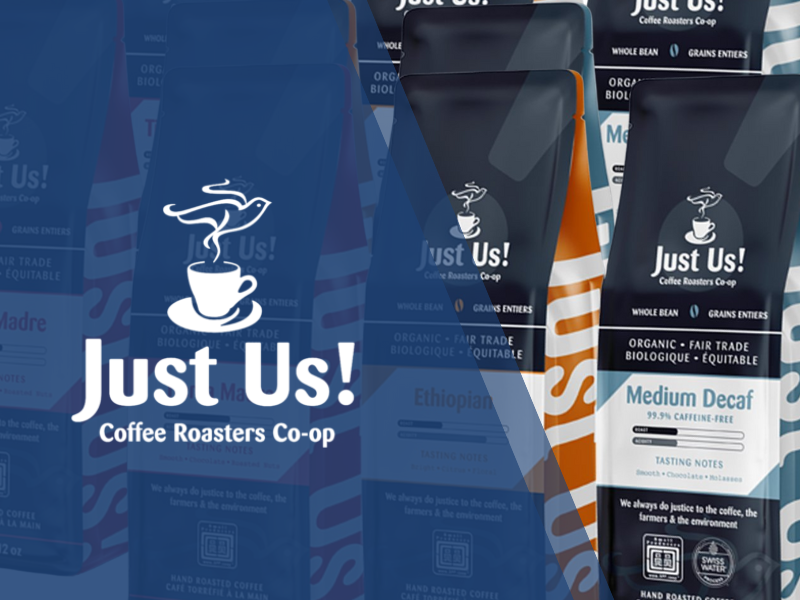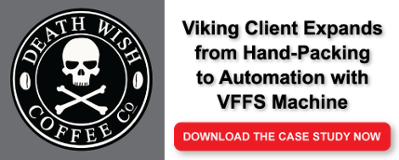Viking Masek Client Death Wish Coffee Brings Automation to Their Packaging Process
By Danielle Ohl on February 6, 2016
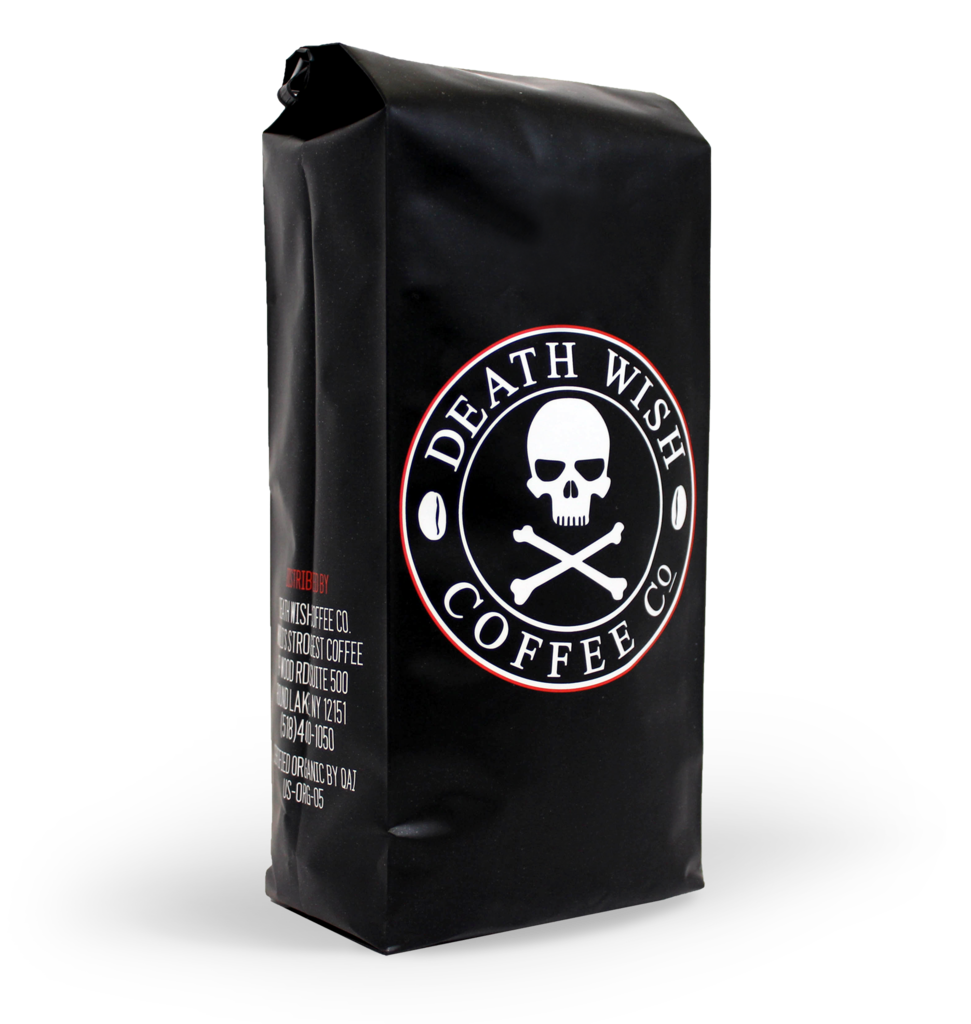
We love our Viking Masek clients. We love to hear their stories, celebrate their growth, talk about their business struggles, consult with them to find solutions to meet their needs, and hear about the results they've achieved.
Recently, we consulted with Death Wish Coffee Co., producer of The World’s Strongest Coffee, to come up with a solution for their rapidly growing production needs. Death Wish packages their whole bean and ground coffee by hand, but that is no longer a long-term solution. We recently published a Death Wish Coffee Co. case study readers can download here.
The Death Wish Coffee Story
Death Wish Coffee Co. got its start in 2012 when owner and founder Mike Brown set out on his mission to bring something new and powerful to the coffee-drinking world. Morning coffee lovers looking for the strongest, most caffeinated coffee possible turn to Death Wish Coffee for its premium, rich flavor, devoted team customer service, and “No BS” 365-day guarantee.
Recently, Death Wish Coffee Co. won the Inuit QuickBooks’ Small Business Big Game Competition. Viewers will see a thirty-second Death Wish Coffee commercial during football’s biggest game of the year. Watch it here:
Death Wish Coffee Co. is already experiencing increased demand for their whole bean and ground coffee; they expect an additional surge in orders following the airing of the commercial, expected to reach over 11 million viewers. They are currently hand-packing their products in pre-made bags; the process and bags are labor-intensive, time-consuming, and more expensive than they'd like. They turned to Viking Masek for help to meet the new demand.
 Why They Chose Viking
Why They Chose Viking
Viking Masek's reputation for providing quality, rugged and reliable automated packaging machines for growing coffee producers led Death Wish Coffee to pursue a recommendation from them.
Viking learned more about the coffee producer and recommended the versatile M400 Vertical Form Fill Seal machine. We recently published another blog post highlighting this versatile packaging machine built for coffee and a variety of other industries. Its quality build, efficient fill rate, enclosed jaw drive, and flexible options solved the issues that Death Wish Coffee Co. was facing. They added a label applicator and some additional options that will accommodate the three bag sizes that Death Wish sells.
In addition, the service provided by Viking's engineering and technical service teams, including set-up, testing, and continued support, means that Death Wish Coffee Co. doesn't need to be worried about their packaging machinery. They can focus on what they do best - roasting and providing the world's strongest coffee.
Related Posts
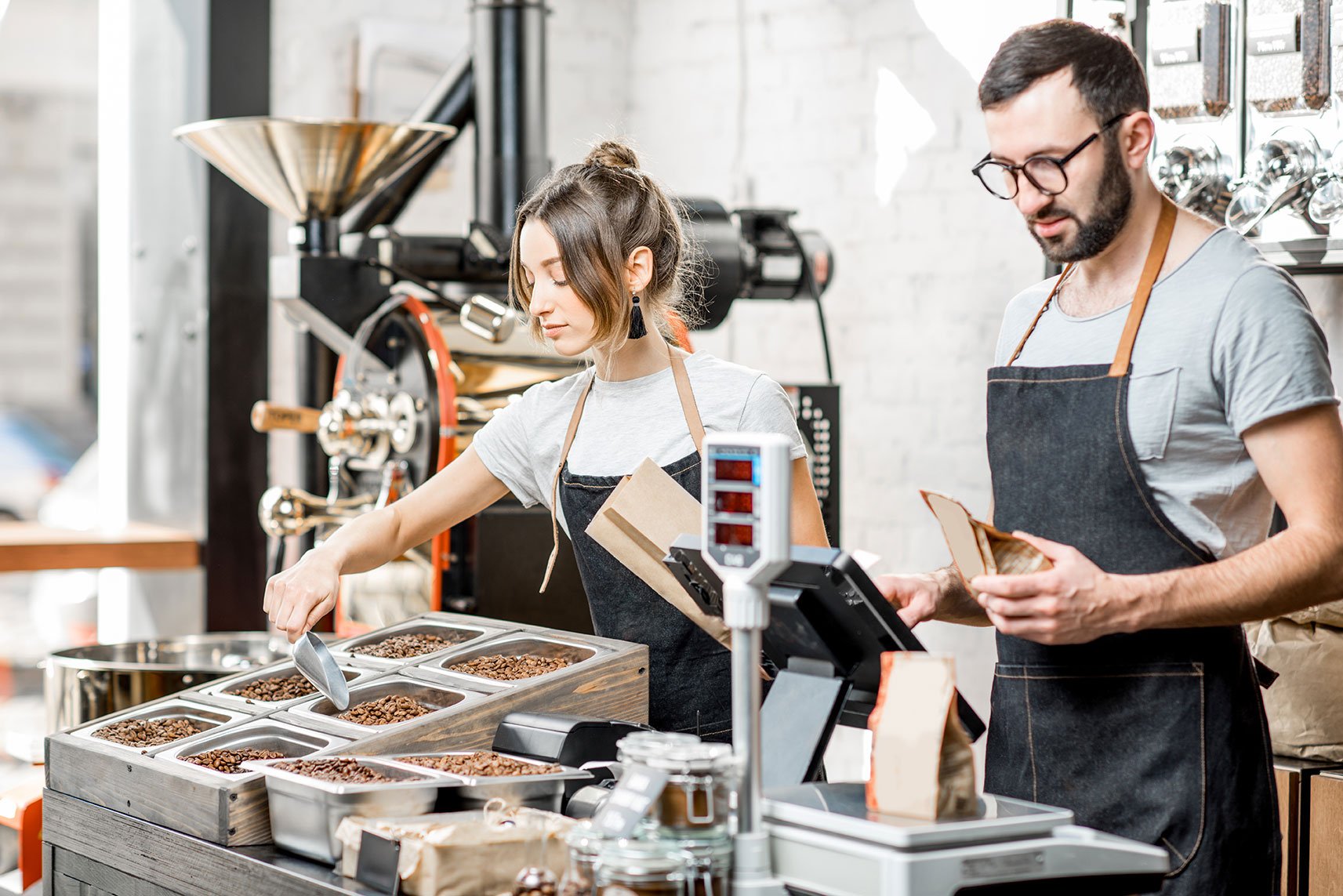
Packaging Your Morning Pick-Me-Up
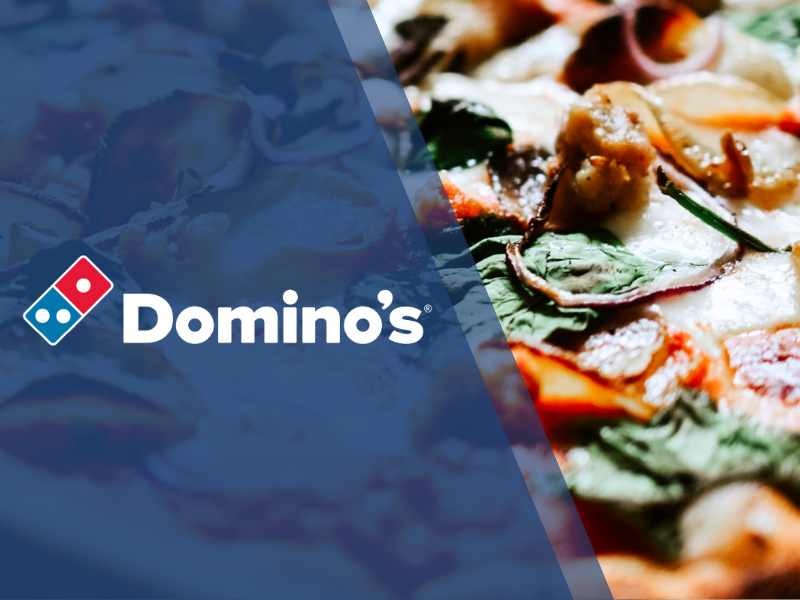
Top this: How Domino’s packages its toppings 60% faster
